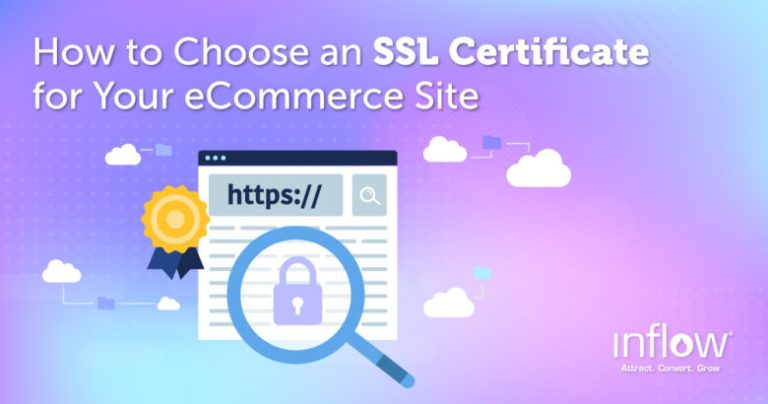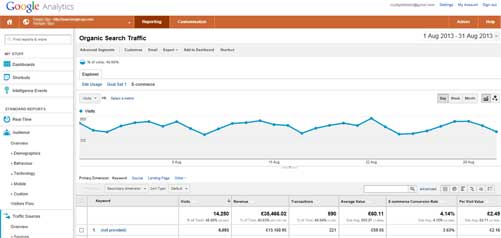
The basic idea of dropshipping is that instead of first buying the products to yourself and then selling them to your customers, you are simply sort of a middleman between your customers and a wholesaler or a manufacturer. How that works in practice is that you find suppliers who allow you to list their products in your ecommerce store without you first buying the products from them and then if a customer clicks to buy such product from your store, you forward the order to the supplier.
When doing dropshipping you make money by making sure that the total cost of product + shipping is higher in your store than what a supplier charges from you to send the product in question to a customer.
One might assume that it would be difficult to find suppliers that are willing to do dropshipping, but luckily there are these days a lot of different ecommerce store apps through which you can find dropshipping-friendly suppliers. Additionally, you can find dropshipping suppliers also through search engines.
Dropshipping has some clear advantages when compared to many other forms of ecommerce. Likely the biggest one of those is the lower risk: when you don’t have to buy the products yourself before listing them for sale, your potential losses from products not selling are non-existent.
The second big advantage of dropshipping is that you don’t need a place for storing the products. The fact that you don’t need storage can help with both keeping the costs of running your ecommerce store down and with being able to scale the business quickly. And the third big plus of dropshipping is that it gives you a lot of flexibility for testing different products.
Due to its advantages dropshipping might sound like a particularly attractive way of doing ecommerce. However, dropshipping also has some downsides. The first of those is that, because of how easy it is to do dropshipping, the competition among dropshippers is fierce. And as such the profit margins on dropshipped products tend to be very low.
Additionally, quality control can be quite difficult when doing dropshipping: with dropshipping you don’t usually have a good way of ensuring that the products suppliers are sending to your customers are as good as they should be. And in fact, if the product quality is bad you might only find out that when customers start complaining about it publicly, for example, on social media – and that obviously could make it harder to convince new customers to buy from your store.
And the third possible downside of dropshipping is that the shipping times can be quite long. That is particularly likely to be the case if the dropshipping suppliers you are using are, from example, from China (as is often the case) and your customers are, for example, located in Europe.





